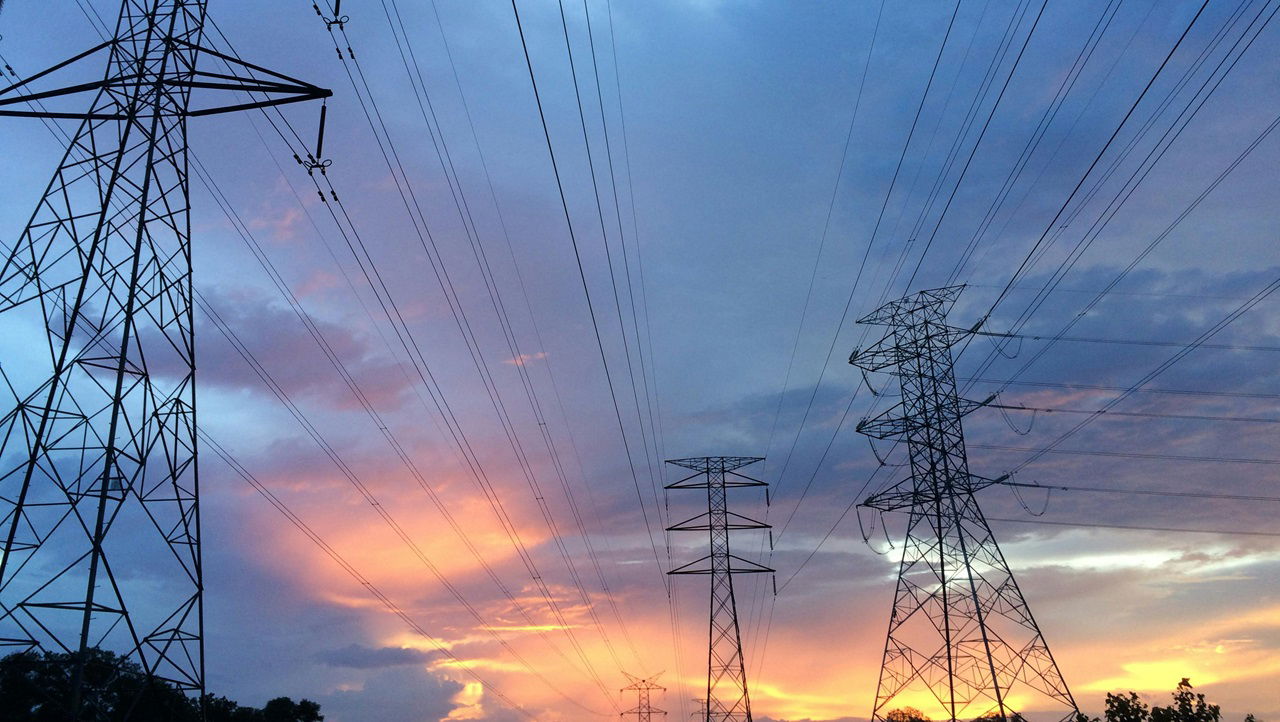
Southeast Asia is set to become a major global driver of energy demand in the coming decade, driven by rapid economic growth, population increases, and industrial expansion, according to a recent report from the International Energy Agency (IEA). The region is expected to account for 25% of global energy demand growth by 2035, second only to India, and more than double its share from 2010. By 2050, energy demand in Southeast Asia will surpass that of the European Union, led by a sharp increase in electricity consumption.
Electricity demand in the region is projected to rise by 4% annually, with increased use of air conditioning amid rising heatwaves cited as a key factor. Clean energy sources, such as wind, solar, modern bioenergy, and geothermal, are expected to meet a third of this growing demand. However, these efforts are not enough to curb the region’s rising carbon emissions, which are forecast to increase by 35% by mid-century.
The report underscores the urgency of aligning with the outcomes of the COP28 climate conference and achieving national climate goals, which call for halving emissions by 2050. Of the 10 ASEAN member countries, eight have committed to net-zero emissions targets. However, the report notes that clean energy technologies are expanding too slowly, and Southeast Asia’s dependence on fossil fuel imports leaves it vulnerable to energy security risks.
Fatih Birol, Executive Director of the IEA, highlighted the region’s diverse energy mix, which includes competitive renewables. He stressed the need for increased efforts to deploy clean technologies domestically, citing access to finance as a crucial factor in boosting energy security and achieving emissions reduction goals.
Southeast Asia attracts only 2% of global clean energy investment, despite accounting for 6% of global GDP and 5% of global energy demand. The IEA report calls for a fivefold increase in investment, to USD 190 billion by 2035, to meet the region’s climate and energy goals. Additionally, strategies to reduce emissions from the region’s relatively young coal-fired plants are essential.
The report also highlights the need for expanding power grids and renewable energy infrastructure to support secure electricity systems. Increased regional cooperation, through initiatives like the ASEAN Power Grid, will be key to these efforts. The IEA also notes the potential for Southeast Asia to expand its clean energy technology manufacturing, creating thousands of jobs in the process.
















